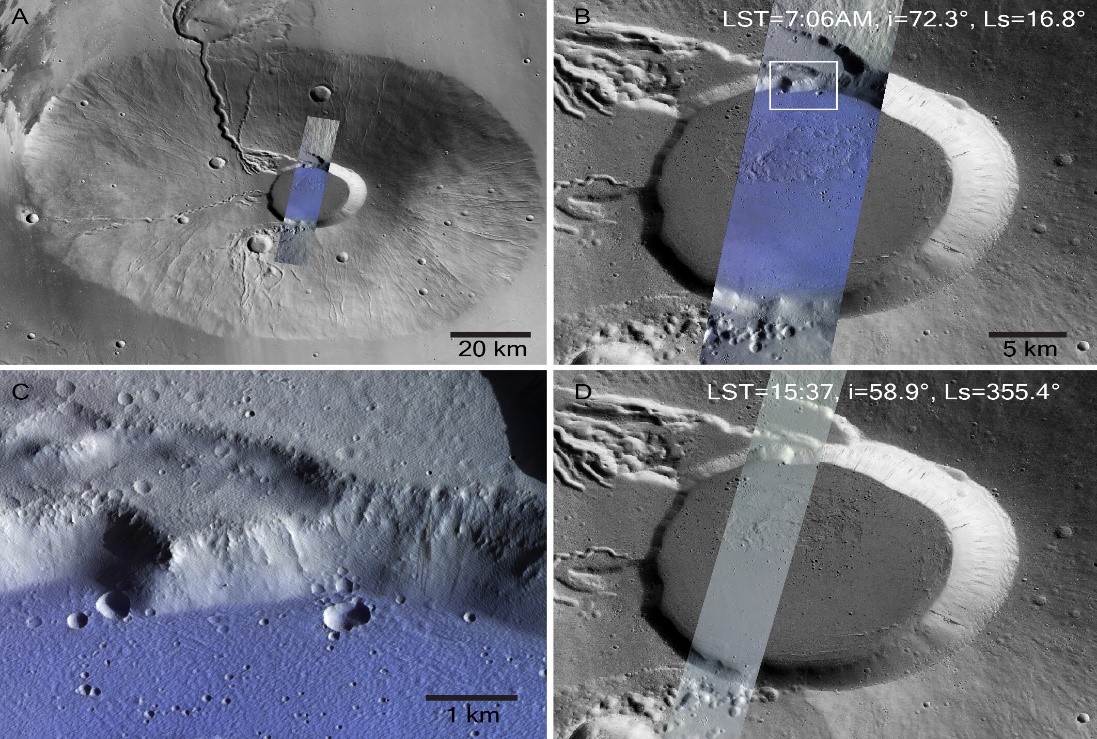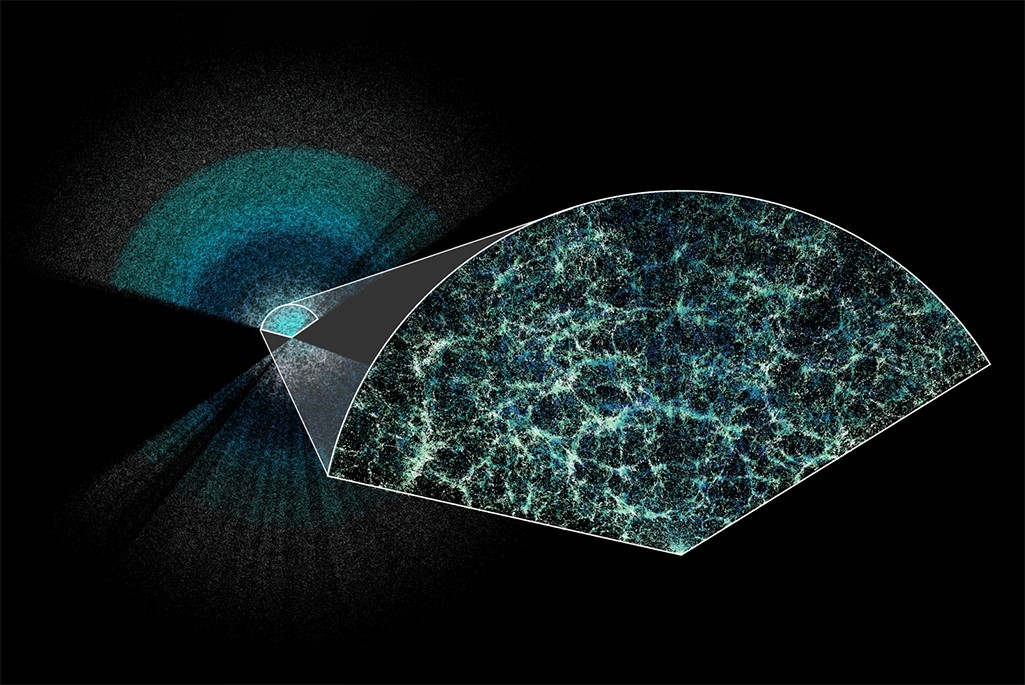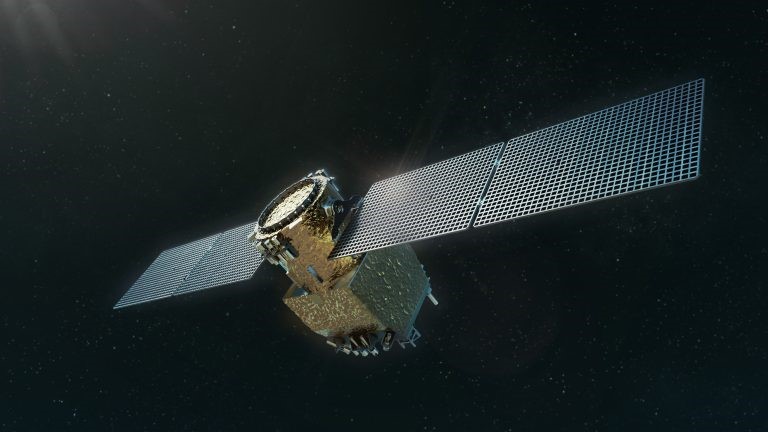Water Frost Has Been Detected on The Tharsis Volcanoes on Mars
Water frost has been discovered for the first time on the massive volcanoes of Mars, which rank as the largest mountains in the solar system. Led by the University of Bern, an international team utilized high-resolution color images from the Bernese Mars camera, CaSSIS, aboard the European Space Agency's ExoMars Trace Gas Orbiter spacecraft. This breakthrough sheds light on the distribution and movement of water on Mars, critical for future missions to the Red Planet and potential human exploration endeavors.
The European Space Agency's ExoMars program marks a significant return to active research into life on Mars, a scientific endeavor not pursued since the 1970s. Aboard the ExoMars Trace Gas Orbiter (TGO) is the Color and Stereo Surface Imaging System (CaSSIS), a high-resolution camera developed by an international team led by Professor Nicolas Thomas from the University of Bern's Physics Institute. Since April 2018, CaSSIS has been capturing detailed color images of Mars' surface.

Figure 1. The Frost on Olympus Mons
Figure 1 shows The Frost on Olympus Mons. Utilizing these images, an international team led by Dr. Adomas Valantinas, who was previously a Ph.D. student at the University of Bern's Space Research & Planetary Sciences Department and currently holds a Swiss National Science Foundation postdoc mobility fellowship at Brown University, has identified water frost on Mars.[1] Their findings, published in the journal Nature Geoscience, highlight significant advancements in understanding Mars' climate and potential for hosting life.
An Unexpected Find
The frost was detected on the summits of Mars' tallest mountains, the Tharsis volcanoes. These volcanoes are the tallest in the solar system, with Olympus Mons towering up to 26 km above the surrounding plains. The discovery of frost at these low latitudes near Mars' equator was unexpected. "At these low latitudes, the intense sunlight typically keeps surface temperatures high. Therefore, we did not anticipate finding frost there," explains Valantinas. Moreover, Mars' thin atmosphere is not efficient at cooling the surface, so high-altitude areas can reach temperatures as high as those at lower altitudes during midday, which contrasts with Earth's atmosphere.
Valantinas elaborates, "Upslope winds carry water vapor-laden air from the lowlands, which cools as it ascends to higher altitudes, leading to condensation. This phenomenon is familiar both on Earth and Mars." Similar processes also contribute to the distinctive Arsia Mons Elongated Cloud. [2] The new study reveals that these mechanisms result in morning frost formations on the Tharsis volcanoes. "As observed in the CaSSIS images, these thin frosts appear briefly, only lasting for a few hours around sunrise before evaporating in the sunlight," Valantinas adds.
Successful Collaboration
Valantinas and the team scrutinized over 5,000 images captured by the Bernese Mars camera CaSSIS to identify the frost. Since April 2018, CaSSIS has been instrumental in observing local dust activity, seasonal changes in CO2 ice deposits, and dry avalanches on Mars. Thomas emphasizes, "Detecting nighttime deposition of water frost on Mars using visual wavelengths and high resolution is a testament to the impressive scientific capabilities of the Bern camera system." Validation of the discovery involved independent observations from the High Resolution Stereo Camera (HRSC) on ESA's Mars Express orbiter and the Nadir and Occultation for Mars Discovery (NOMAD) spectrometer on TGO.
Ernst Hauber, a geologist at the DLR Institute of Planetary Research in Berlin and co-author of the study, comments, "This study underscores the value of diverse orbital assets. By integrating data from multiple instruments and modeling, we enhance our understanding of atmosphere-surface interactions beyond what any single instrument can achieve." Hauber further notes the importance of long-term planetary monitoring, highlighting how certain phenomena only emerge through comparing data collected over time.
These Discoveries Hold Significant Implications for Future Missions to Mars
Despite being incredibly thin—likely only one-hundredth of a millimeter thick, comparable to the width of a human hair—the patches of frost extend over a significant area. "The amount of frost represents about 150,000 tonnes of water exchanging between the surface and atmosphere each day during the cold seasons, which is roughly equivalent to 60 Olympic swimming pools," explains Valantinas.
"Understanding the distribution of water on Mars and how it moves between different reservoirs is crucial for various aspects of Mars exploration," emphasizes Thomas.[3] "Beyond the scientific curiosity about Mars' climate processes, comprehending the water cycle is vital for identifying essential resources for future human exploration and assessing the potential habitability, both past and present," concludes Valantinas.
References:
- https://phys.org/news/2024-06-frost-solar-tallest-volcanoes-mars.html
- https://astrobiology.com/2024/06/water-frost-detected-on-the-tharsis-volcanoes-on-mars.html
- https://www.dailygazette.com/news/national/frost-found-on-highest-volcanoes-on-mars/article_8a98ae70-68dc-537f-8484-d2ed662676bf.html
Cite this article:
Janani R (2024), Water Frost Has Been Detected on The Tharsis Volcanoes on Mars, AnaTechMaz, pp.28















